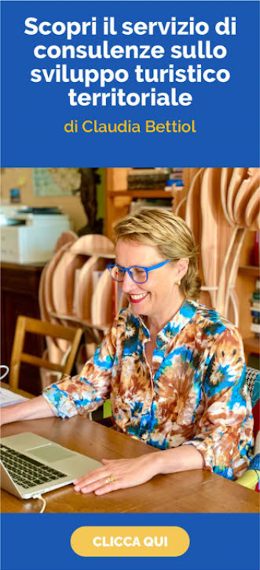The decision to go to Palermo by public transport proved sensible.
It was a cold Wednesday in January and the heavy snowfall of the Epiphany night had left its mark. Along the edges of the road there were large piles of snow, an unusual sight for our territory.
The bus was half-empty and the passengers silent, so I easily immersed myself in reading a book purchased the night before.
I was so caught up in the story that I realized I had arrived in Palermo when the bus stopped at the traffic light in Corso Tukory.
The decision to get off taking advantage of that stop was immediate. The driver who knew me, smiling said to me:
“Oggi cu stù friddu un pari di essiri a Palermu (today with this cold it doesn't seem to be Palermo)".
The cold morning air caressed my face giving me an extra charge. I had decided: I would turn that day into a brief return to the past.
That morning I had gone to Palermo to go to the home of a very old aunt who lived in an ancient building near the church of San Francesco di Paola. I got off the bus immediately, crossed the street and went towards Piazza Indipendenza.
I walked some alleys in the Albergheria district, a few meters from the Ballarò market from where I would have continued on foot to Piazza Sant'Oliva. During the journey I must have crossed one of the most beautiful areas of historic Palermo.
I looked at the time, it was seven thirty in the morning and the streets were half-empty.
With a brisk step, I came near the Palazzo dei Normanni, crossed Villa Bonanno and then arrived in via Vittorio Emanuele.
I glanced quickly at the superb Porta Nuova, and immediately I found myself in front of the magnificent and majestic cathedral of Palermo dedicated to Maria SS. Assunta.
The large palm trees in the space in front of the cathedral were moved by a light wind and despite the cold I had the sensation of being in an oasis.
I knew the cathedral of the city well, but that day I found myself stunned to admire it as if I were seeing it for the first time. Without realizing it I began, aloud, to list the styles that made it up: Byzantine, Romanesque, Norman, Islamic, Gothic, Renaissance, Baroque and Neoclassical.
Suddenly I heard an unusual noise, like that of an iron bar that slides heavily. I turned my head towards the door and saw a little man wrapped up in a gray coat, with a nice checked cap on his head and woollen gloves.
As soon as he saw me, he stopped first, then came towards me:
“Nun tinni potti sonnu, the first mass is the best. Cu stu friddu beats a stavi at home (You weren't sleepy, they celebrate the first mass at 8.30. In this cold because you weren't at home) ".
“I'm not here for mass. Can I come in?"
The man narrowed his eyes, fixing me well and made a grimace of disappointment:
“M'ava scusari, sbaghiavi, la scanciavi pi la niputi di me cummari Rusina. Vassia unn'avi la facci di bacchittuna, ma di chiddri ca firrianu chiesi, musei e palazzi pì studiari li cosi antichi”. (Excuse me, I mistook you for my commare Rosina's daughter. You do not have a zealot’s face, but that of one who visit churches, museums and palaces to study ancient things.)
Meanwhile, the city was slowly waking up, people opened their businesses and from the bars and cafes a good smell of freshly baked pastries came out. Everything was ready for the breakfast of the Palermitans.








Follow us